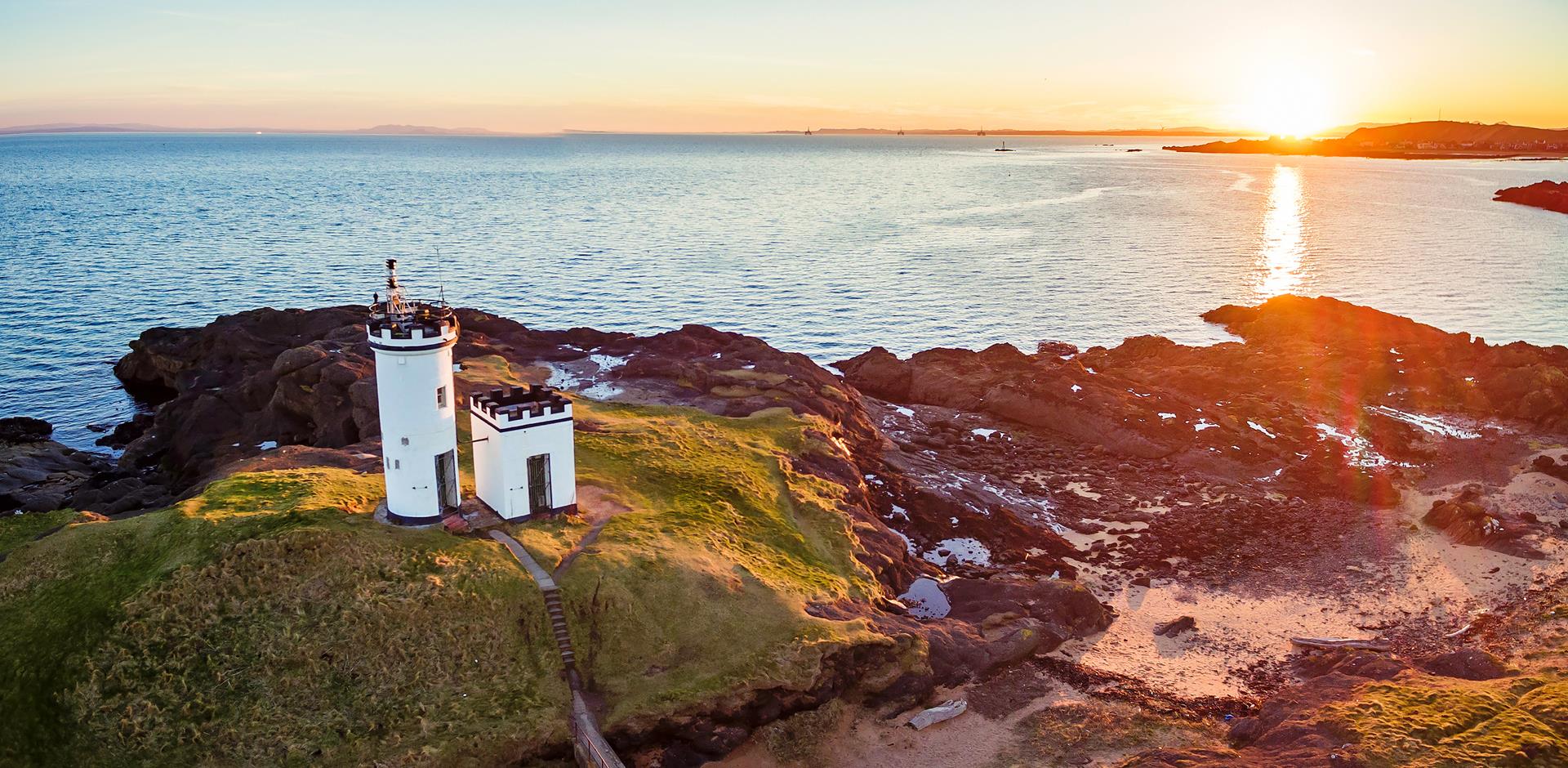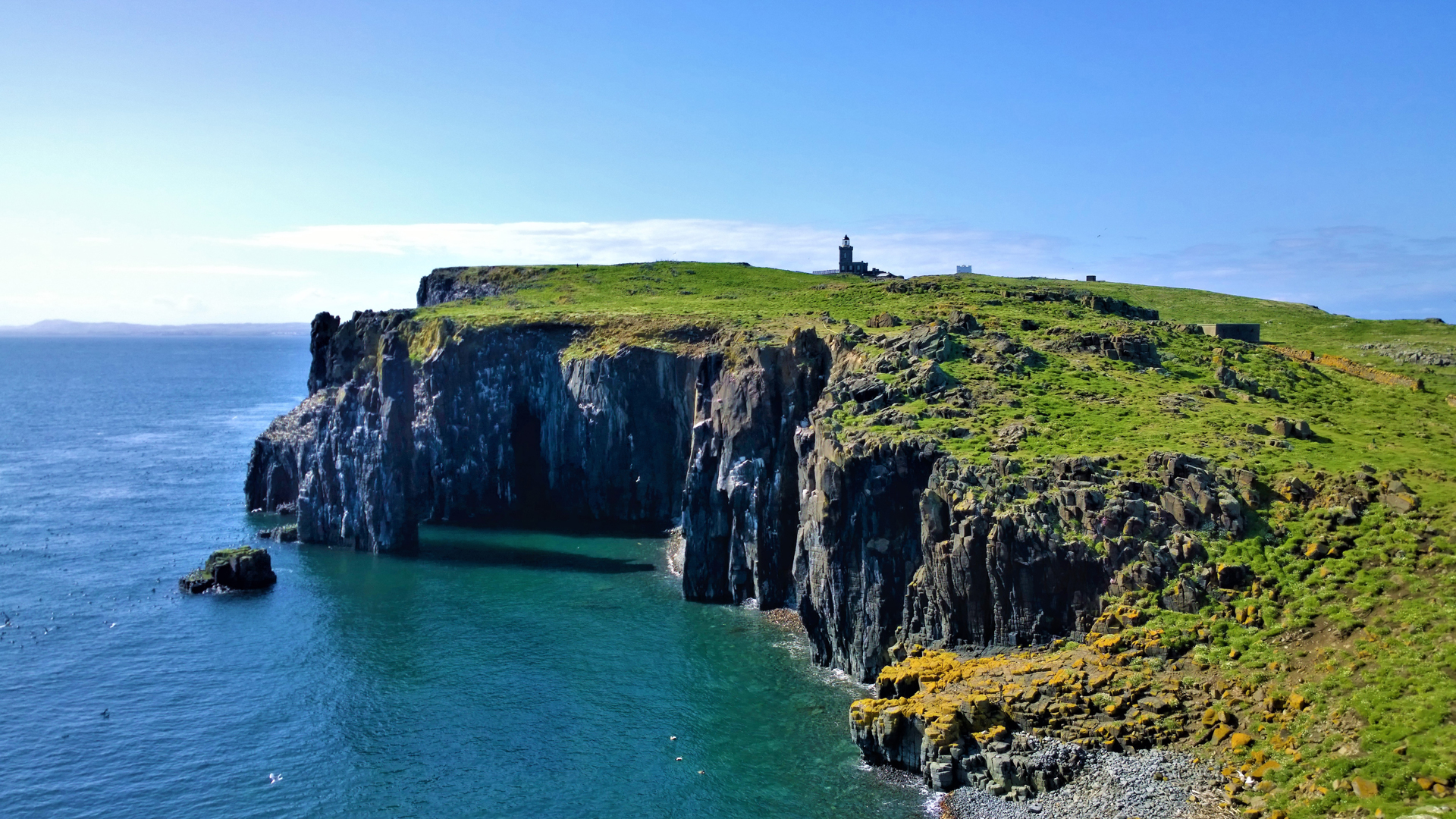
Discover Campsites in Fife
Experience camping in Fife
Nestled on the Scottish coast, Fife is a breathtaking county flooded with rich history, beautiful wildlife, and stunning views. Camping in Fife is the perfect escape for those who want to get away from the busy city life and relax on the quiet shores. Discover our campsites in Fife below.
Fife camping FAQs
Can I go wild camping in Fife?
Last Modified: 01 May 2024
Are there any family-friendly campsites in Fife?
Last Modified: 01 May 2024
Are there any adult campsites in Fife?
Last Modified: 01 May 2024
More about camping in Fife

Fife, located just 30 minutes from Scotland's capital, Edinburgh, offers an idyllic setting for your next camping adventure. This picturesque county boasts phenomenal coastal views, gorgeous beaches, quaint villages, historic marvels and more. Here are some highlights of what Fife has to offer:
Relax at the beach
No camping trip to Fife is complete without a visit to its breathtaking sandy beaches. St Andrews West Sands Beach is a popular beach in Fife and the largest one in St Andrews. This beach is featured in the Oscar-winning film “Chariots on Fire”. West Sands Beach is a great place to spend the day with your family and friends, lay down a picnic blanket, enjoy tasty food, and perhaps even go surfing or fly kites. Other stunning beaches in Fife include:
- Kingsbarns Beach
- Elie Ruby Bay
- Aberdour Silver Sands
- Burntisland.Beach
Visit Bunnet Stane
Bunnet Stane is a popular mushroom-shaped rock formation that has weathered over thousands of years. It takes 20-30 minutes to get to Bunnet Stane, and it’s an easy walk with grassy paths and sheep roaming around the fields.
Explore Elie Ness Lighthouse
First lit in 1908, Elie Ness Lighthouse has guided vessels through the waters around the Forth of Firth for almost 120 years. In 2010, the lighthouse underwent a complete makeover and restoration, with the exterior painted and the lighthouse modernised. The lantern within the tower has also been upgraded to shine for 17 miles in length. Visitors can now access the lantern from within the tower.
Capture Forth Bridge

The iconic postcard image of Scotland is the Forth Bridge. The Forth Bridge, which connects Fife and Edinburgh, opened in 1890 and is the world’s first major steel structure. It is a key milestone in the history of modern railway engineering and still holds the record as the world’s longest cantilever bridge. In 2015, this spectacular bridge became a UNESCO World Heritage Site.
Discover Isle of May National Nature Reserve
A haven for wildlife lovers, the Isle of May National Nature Reserve is located in the north of the outer Firth of Forth. Remember to bring a pair of binoculars, as you’ll see plenty of seabirds and seals. The Isle of May is also home to the UK's largest puffin colony.
See Lady’s Tower
A fascinating bit of history in Fife is Lady’s Tower. This tower, located on the eastern headland of Ruby Bay, was built in 1770 for Lady Janet. She was the daughter of a wealthy merchant who loved swimming. The tower was made so that Lady Janet could change into her swimsuit before she swam and have some privacy after her swim. To ensure she was not interrupted, a servant would ring the bell in Elie to warn residents that she was going for her swim.
Visit St Monans Harbour
St Monans Harbour is a must-visit on your camping trip in Fife. You can enjoy a relaxing stroll on the pier walls, take pictures of the magnificent views over the water and marvel at the sunset as it takes over the evening sky. While there, check out the Welly Boot Garden, which consists of over 200 old wellies recycled into plant pots and lining the harbour slipway. In the summer, the Welly Boot Garden is blooming with colourful flowers.
Walk around Dunfermline Abbey and Palace
Visit the Dunfermline Abbey and Palace, where some of Scotland's greatest Kings and Queens were laid to rest, including the famous Robert the Bruce, who was King of Scots from 1306 to 1329.
Explore Falkland Palace and Garden
There's plenty to do at Falkland Palace and Garden, from exploring the Royal Hunting Lodge, which was loved by Mary, Queen of Scots, to discovering one of Britain's oldest and original tennis courts, built for James V in 1538.
